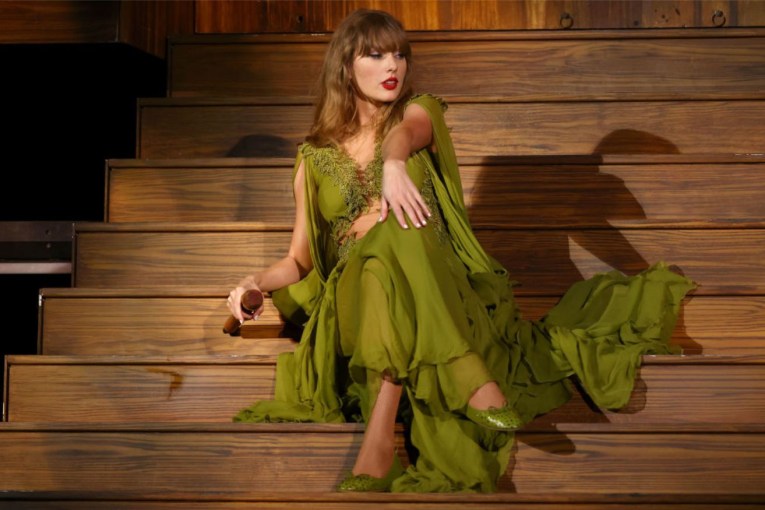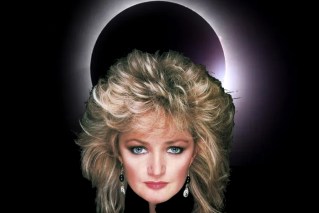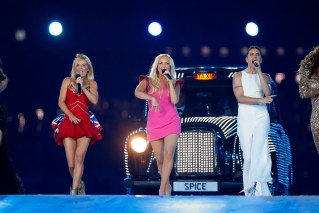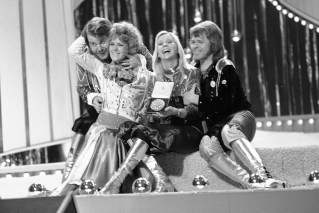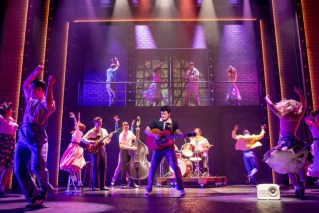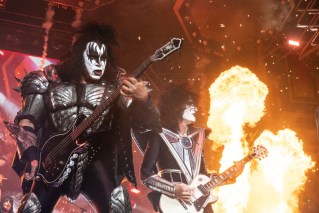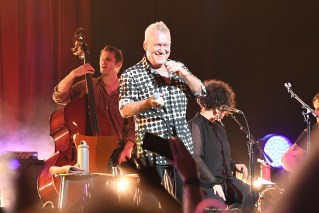Great Australian music: Gems, game changers and 2013
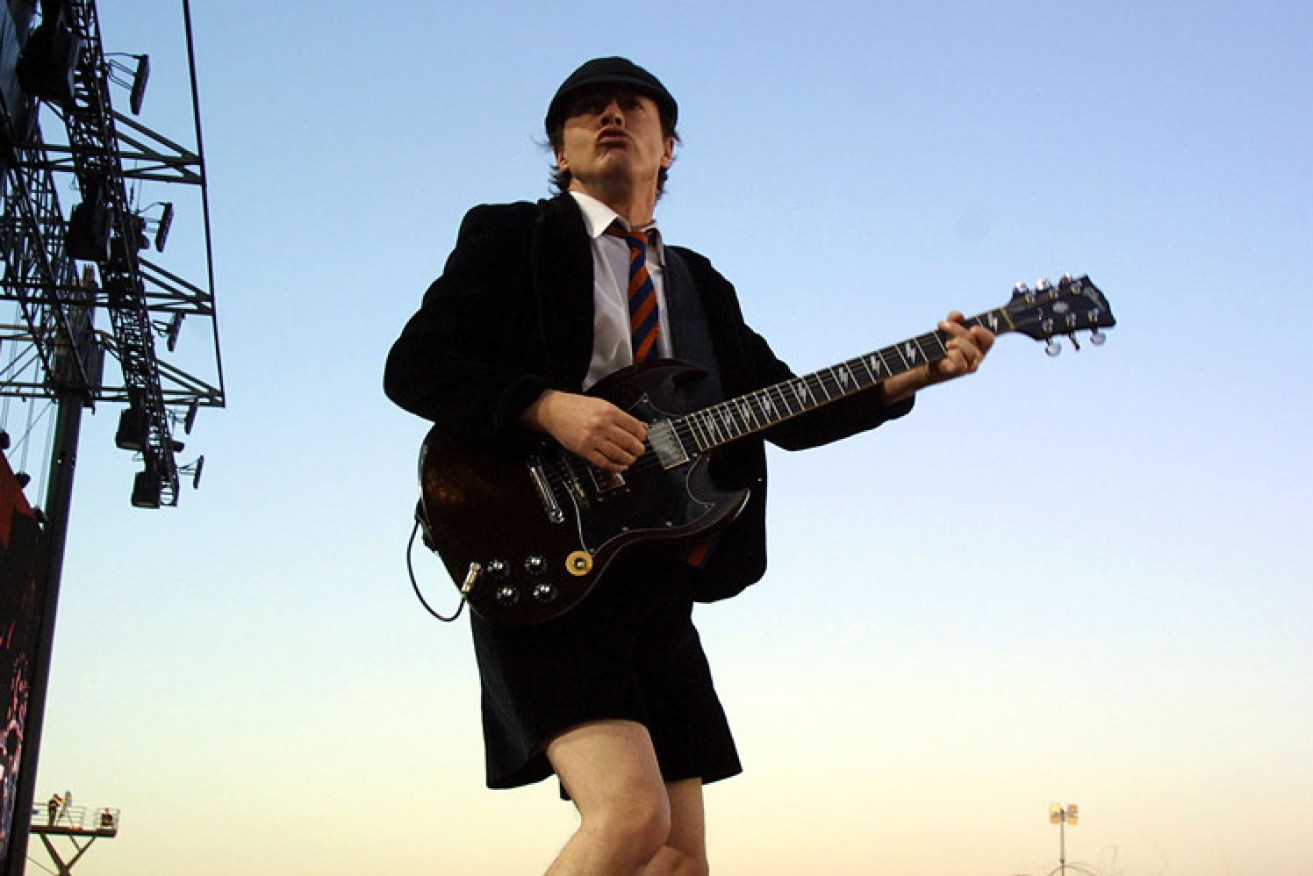
Supplied
John Lydon once said, “it’s not where you’ve been, it’s where you’re going”. We take the former Mr Rotten’s point, but we maintain one gets a better understanding of the now, via a brief look into yesterday.
To celebrate the hot summer days, we present this grab-bag of great Australian music from eras past. It’s undeniable each one succeeded in reaching what the artist’s goal, and it’s equally undeniable each should be heard from start to finish as an album.
Gems
Daddy Cool Daddy Who? … Daddy Cool (1971)
1971 was grim. The Whitlam era was yet to begin, and music was heavy. Daddy Cool injected much-needed fun. Inspired by ’50s Americana, Ross Wilson and co. delivered a record that sparkled and swung. Not only did it feature Eagle Rock – the greatest Australian party song of all time – the smiles just kept on coming. Recorded in two days, Daddy Who? … Daddy Cool will last forever. “Now listen!” Wilson commanded. And, we did.
AC/DC Powerage (1978)
It didn’t contain any hit singles. It failed to crack the Australian top 20 or the US top 100, and led to their US label urging them to dump producers Vanda & Young. Yet, Powerage is a mighty rock record. Need proof? Check out the aptly titled Riff Raff. How many riffs can one song have? Gene Simmons and Keith Richards cite Powerage as their favourite AC/ DC. One for true AC/DC fans: the connoisseur’s choice.
Australian Crawl The boys light up (1980)
Not only did this debut feature one of the greatest Australian album covers ever, it contained the sharpest social commentary since Skyhooks’ Living In The ’70s. Some dismissed them as pretty boy surfers, but you can’t deny the song quality. The album introduced us to James Reyne’s idiosyncratic vocal style (some thought that in Beautiful People he was singing “your tea will be bought” or “you tickle my balls”), sold 300,000 copies and stayed on the charts for two years. A classic debut.
Flowers Icehouse (1980)
Call it electro-punk, the Icehouse album is a potent mix of Iva Davies’ electronic and punk influences. It’s what Gary Numan would have sounded like if he’d grown up in Sydney’s pub scene. Sister is gloriously edgy, Can’t Help Myself is a ball of nervous energy, and Skin features twisted guitar work from Ian Moss. Three singles went Top 20 – Can’t Help Myself, We Can Get Together and Walls. And it showed that Flowers – soon to be renamed Icehouse – were destined for the world.
The Birthday Party Junkyard (1982)
Conventional history pegs this dissolute gaggle of middle-class Melbourne lads as ‘Nick Cave’s first band’, but a single listen to this brutal, dissonant din with teeth slays that idea; Cave was IN the band; but noone controlled it. This was the sound of a group rushing headfirst into the dark — consequences be damned. Live, they were an experience, not a ‘show’. With this unrelenting sonic deluge of shock theatrics underpinned by the late Tracy Pew and Rowland S. Howard, songs like Dead Joe and (on later editions) Release the Bats are still plain frightening.
Game changers
Skyhooks Living in the ’70s (1974)
The first local blockbuster: Skyhooks changed Australian music forever, starting a modern music industry. Until Skyhooks, the biggest-selling Australian album had sold 60,000. Skyhooks’ debut sold 250,000. Skyhooks turned a glorified hobby into an industry, showing that you could have a music career in Australia, that “you could get paid for just bein’ a freak”. They also saved Mushroom Records. When Living In The ’70s landed, Whitlam was PM; a new TV show, Countdown aired the following week; and 2JJ launched with the Hooks’ You Just Like Me ’Cos I’m Good In Bed . Skyhooks were a technicolour explosion, a band built for colour TV. Greg Macainsh wrote about his native land – the suburbs, exploding the cultural cringe, and putting Balwyn, Toorak and Carlton on the rock ’n’ roll map. Six tracks were banned – Toorak Cowboy, Whatever Happened To The Revolution, You Just Like Me ’Cos I’m Good In Bed, Hey What’s The Matter, Motorcycle Bitch and Red Symons’ Smut. But the album spent six months on top.
Hoodoo Gurus Stoneage Romeos (1984)
In the early ’80s, the airwaves were heavy with the waft of manicured disco pop – Culture Club, Madonna et al. Enter Le Hoodoo Gurus. Breathing new life into the ’80s via the ’60s, The Gurus looked like the era their music evoked; shaggy hairdos, skinny-leg jeans paisley shirts. 1982 single Leilani was a three-guitar, no bass, five minute thunderer of garage guitars, jungle drums and chants. But who knew a tsunami would come after that first, perfect wave? On Stoneage Romeos (with it’s still iconic, lairy cartoonish album cover) greatness awaited. Leilani was there, but so were 10 other priceless new jewels. Fusing the pop hooks of The Flaming Groovies, the swamp and spook of The Cramps and the garage fuzz of The Sonics, The Gurus created timeless rock gems of their own; I Want You Back, Tojo, arguably their sweetest pop moment, My Girl. No university O-Week gig was complete without the Gurus, and no party could start without that record of the turntable.
The Triffids Born Sandy Devotional (1986)
“The sky was big and empty/my chest filled to explode/I yelled my insides out at the sun/ at the wide open road.”It was poetic, violent, and awe- inspiring. But Born Sandy Devotional was darker than first apparent, just like the anthemic Wide Open Road. Late songwriter David McComb took a breaking heart into a broken landscape. There was also death by the coastline, suicide, driven despair in the pursuit of lovers, and sexual allusion. An Australian landscape seen from exile gave these foreboding, emotionally turbulent stories a stage, and the songs swung between envy and revenge (Chicken Killer, Wide Open Road), and desolate desperation and imagined despair (Tarrilup Bridge). Using the sympathetic ear of producer Gil Norton the band financed BSD themselves: their contemporaries listened.“Wide Open Road is a great example of interlocking parts, like buttresses and struts on a cathedral” says Paul Kelly. Bursting with disparate musical and literary influence, is it perhaps the greatest Australian album? It’s certainly the most poetic.
Class of 2013
Australian music had another stellar year, and it was also a year of incredible diversity. In picking only six artists from the last 12 months we feel are creating genuine waves in popular culture, STACK had it’s work cut out. The hothouse production culture and the sheer amount of live opportunities available to Australian artists is staggering. Gotye and Tame Impala weren’t freak occurrences, they were evidence that the Australian industry is creating truly original talent that can take on the world. Here are six great talents: plenty more where that came from…
Jagmar Ma Howlin’
We don’t know how old Jagmar Ma were when The Stone Roses and Happy Mondays released their debuts, but in Howlin’ lay the evidence they’d sat in their rooms taking notes and listening. But there was more to Howlin’ than Madchester 2.0. Man I Need and Come Save Me were the kind of shy-boy love songs Australian music needs, there should be more of it. Watch this space!
Kirin J Callinan Embracism
Always attempting to confront, Kirin J Callinan is a true solo artist, media jammer, electronic aesthete and rock guitarist (see: The Mercy Arms). Helmed by Presets’ Kim Moyes, Embracism was “A fantastic mix of Callinan’s purring, lulling Lou Reed side and his raw, flesh-tearing armed robot side”. (STACK)
King Gizzard and the Lizard Wizard
King Gizzard and the Lizard Wizard released three albums in 12 months? Really? Yep. These killer Melbourne fuzz and garage merchants are out to conquer the world. From collaborating with ex-Dingo Broderick Smith to conquering the festival circuit. “It’s terrifying to think these cats can play ANYTHING, and probably better that you. Another notch on the belt of greatness.” (STACK)
Flume (Self titled)
While Flume (Harley Streten) does exemplify the ‘bedroom producer, he also illustrates how outdated the epithet is rapidly becoming. His self-titled debut (nominated for a slew of ARIAS) though made in a basement, contained the year’s wooziest, potent beats, sequences and electronic instrumentation. The next antipodean world beater, we’d venture.
World’s End Press (Self titled)
For an Australian band to draw the attention of the DFA’s Tim Goldsworthy, they must have something going on. World’s End Press’s anticipated debut proved worth the wait: we called it “A broad, studied view of dance and electronic music, with elements of house, post-punk, disco, synth-pop and funk”.
Abbe May Kiss My Apocalypse
Four albums into her career, Abbe May took a deft and fascinating left turn into the world of electronics and production. An accomplished guitarist/singer/ songwriter, she amped up the sexuality (in the best, healthy way) and delivered a highly credible album. “Like Enya on E… the sexiest songs since Madonna’s Justify My Love”. (STACK)
This article appears courtesy of STACK Magazine.
